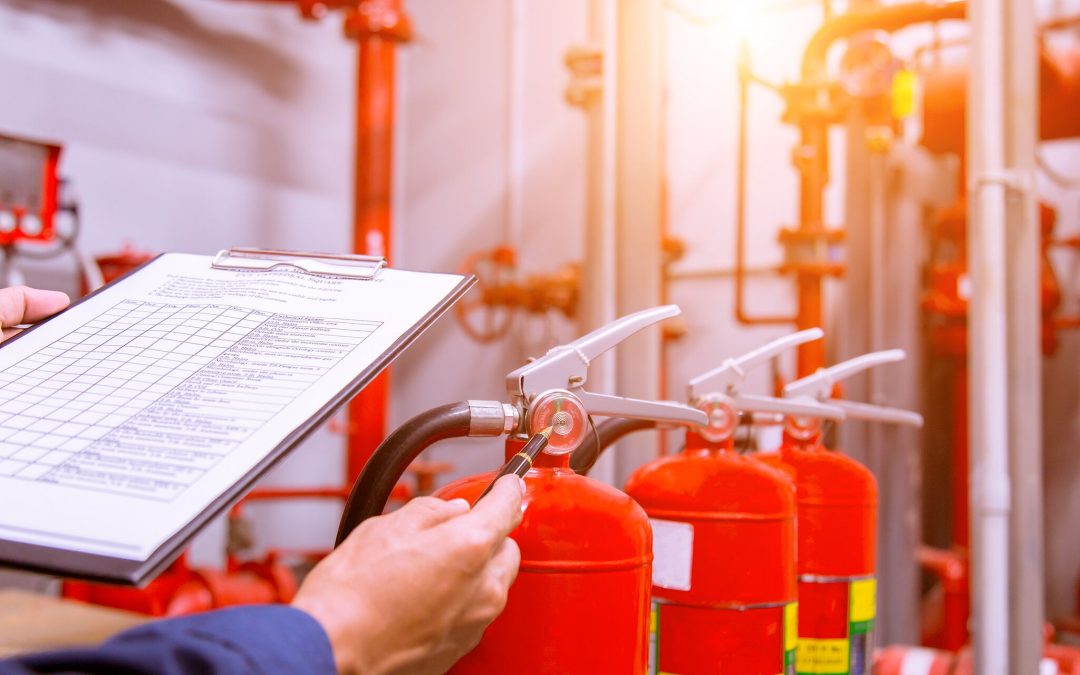Emergencies always happen, no matter what kind of business you operate.
Australia is rife with dangerous occurrences. We experience intense fires, floods and sometimes even earthquakes. When an emergency strikes, it’s essential that your business can return to safety and resume operations with limited interruption. The key to achieving this is excellent planning, so you can act quickly and minimise risk effectively. To help you do this, we’ve developed this emergency evacuation checklist:
Determine your most likely hazards
The first step is to work out what the main risks you’re exposed to in your area. Do you have a Disaster Management Plan ready for the event this emergency occurs? It may be worth checking with your local council to see if they have any warning systems in place or provide and guidance when it comes to emergency processes or evacuation groups. You should research:
- Local support agencies, and note down their contact details
- If your organisation requires any special support or assistance to evacuate
- Check to see if the Bureau of Meteorology has issued any health warnings
Plan your response to each scenario
Once you know your hazards, you need to start scenario planning. Consider:
- What you’ll do in each emergency
- The safest point of evacuation for each sort of emergency. Where will your team meet if an emergency does occur?
- The individual needs of staff members. Do they have any health conditions or require medications?
The Australian Government recommends creating a detailed scenario plan to safeguard your three ranking critical business areas. Scenario planning will help you determine a course of action if these critical areas fail.
- Review these scenario planning resources to learn more
Map out emergency procedures
How will your team evacuate in an emergency? Ensure your emergency procedures are well documented. You will need to attach a copy of these procedures in relation to your floor plan, and the location of each emergency exit. Your evacuation procedures must always be clearly displayed using evacuation diagrams.
Get your emergency kits ready
Having your emergency kit well packed and ready to go will save you time and reduce panic should a crisis unfold. Your kit should include:
- First aid products
- Medical supplies
- Important documentation
What you pack will be heavily dependent on your business and its unique circumstances.
Ready to improve the safety of your building? EmergencyEvacuationPlans.com.au is here to help you. Our expert team creates safe and efficient evacuation plans that take the stress out of emergency planning. Contact us today for more information today!

